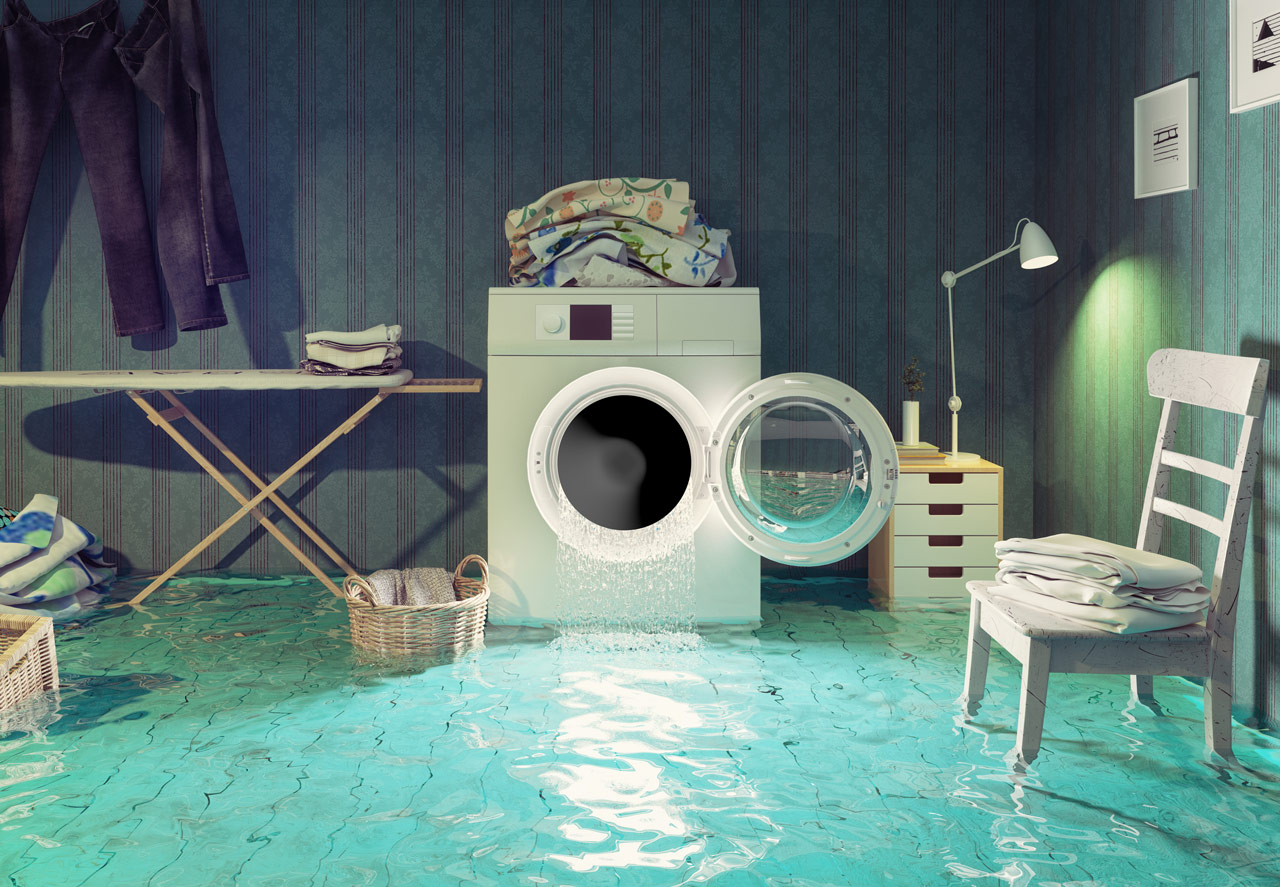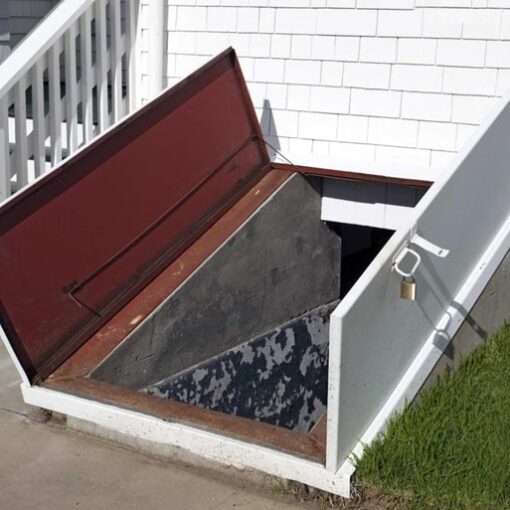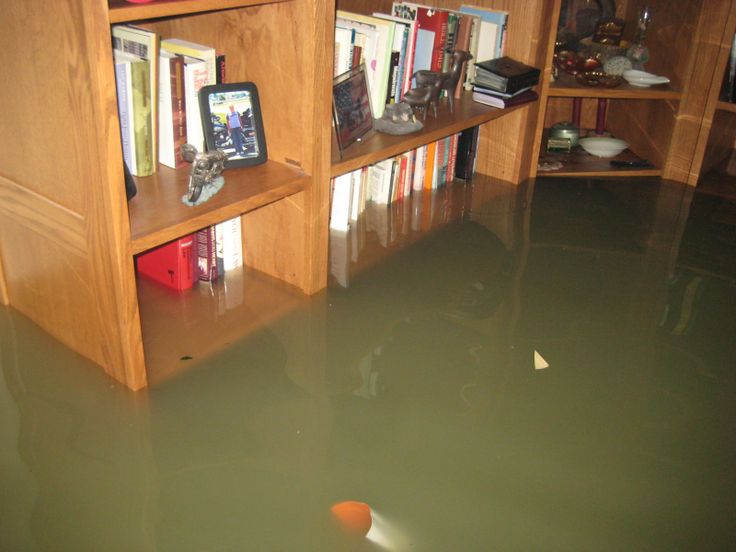You might not know some of the things we’re about to tell you in this blog, and you may have heard some of them already. Either way, property owners in America are most likely to experience high winds and severe rain storms over any other natural threat. Wind and rain are very general terms, but they combine with things like hail, winter freeze, flooding and other weather events to create dangerous and potentially damaging environments for property owners.
When wind and rain damage your property, it’s important that you call AAA Public Adjusters before you contact your insurance company. There are many details related to wind and rain damage that can work against your claim—let us handle that for you. Outside of the claim, there are a lot of things that you can do to minimize and mitigate the wind and rain damage that your house sustains. There are many things that wind and rain can do to your property that you may not expect.
Some Unseen Wind and Rain Threats
Erosion and Runoff – A lot of people overlook the fact that wind and rain will affect the earth and foliage around a property. As more dirt is eroded from water run off, things that were previously underground will be exposed.
Damage Outside of the Building – If you own a boat, this tip is especially for you. You should know that not every state requires boat owners to insure their boats. This means that you better make sure your boat’s insurance policy is iron-clad, especially before a storm. You should also consider protecting vehicles, decorations, outdoor appliances and even A/C systems that may be damaged by extreme winds and the debris that becomes entwined into it.
Power Surges – Heavy wind and rain can definitely cause problems with electrical systems, including power outages, which people in Pennsylvania and New Jersey are especially familiar with. However, power surges are a completely different ballgame. Make sure that your property has ample surge protection (no pun intended).
Wind Amplified by Openings and Valleys – Wind itself is bad enough, but did you know that the “wind tunnel” effect can actually whip wind up and make it stronger than it was? If you have any alleys, storm drains, drainage basins or any other wide nooks or crannies for wind to pass through, it’s highly possible that this could create a “sweeping” effect that makes the wind stronger. Identify these problem points around your property and make sure you keep valuable property well away from it.
Critters – This means bugs and rodents, in case you were wondering. As wind and rain sweep through areas, the erosion, runoff and heavy winds will destroy animal habitats and make life difficult for little critters. They will adapt to this by attempting to get into nice, warm and dry places, namely your property. Make sure that at the beginning of windier and rainier seasons that you safeguard your house against pests, because during stormier seasons they will definitely find their way inside.
Statistics from the National Weather Service (NWS)
The National Weather Service has weighed in by keeping track of damage related to severe rain and wind events. In 2013, damage from tornadoes, thunderstorm winds, hail and lightning totaled in the billions for the USA. Millions of dollars in damages were also attributed to damages sustained from river and flash flooding. The insurance companies are no strangers to dealing with claims of this nature. They’ll be prepared, so make sure you are too by hiring an independent AAA Public Adjuster.
Here’s How to Protect Yourself from Rain and Wind
Protect Your Roofing – Make sure the waterproofing beneath your roof is seamless and tight, because water will leak in gradually and create cumulative damage. Have a professional check your roof for loose nails, damage from insects and birds, and other imperfections in your roofing. This will serve you well during severe weather.
Control Your Trees – We can’t stress this enough. There are many tree service companies out there that can help with trees around your property. It’s best to make sure your trees are well pruned and have all dead branches removed before stormier seasons get underway. If a tree is dead or dying, remove it immediately; severe wind will knock it over eventually and cause serious damage to surrounding property and people.
Safeguard Your Electrical Systems – Make sure that all of your satellites and power links outside of your house are well insulated and situated outside of areas being threatened by wind exposure. Make sure your trees aren’t threatening power lines. Make sure that your electrical system itself is safe, in case your basement floods, you don’t want to worry about whether or not that water is electrified.
Secure All Loose Ends – Look around your property for cracks and peeling. Learn the problem areas in your property before the storm happens. Make no mistake, as the windier seasons progress and your property is buffeted by wind and rain, these cracks and imperfections will expand, opening your house to critters and increased damage, especially when the freezing weather comes back and any water in these spots expands.
When Disaster Strikes, We’ll Help
These are just some tips, hints and tricks. However, if you’re reading this blog after the storm has already done its damage, we’re here to help you. You can use these tips in the future, but don’t battle with your insurance company alone—contact AAA Public Adjusters immediately! Our team of independent public adjusters will get you the compensation you need to repair wind and rain damage around your property. Reach us nationwide today for a free consultation at 1.800.410.5054, or check out www.aaapublicadjusters.com for more useful information.




